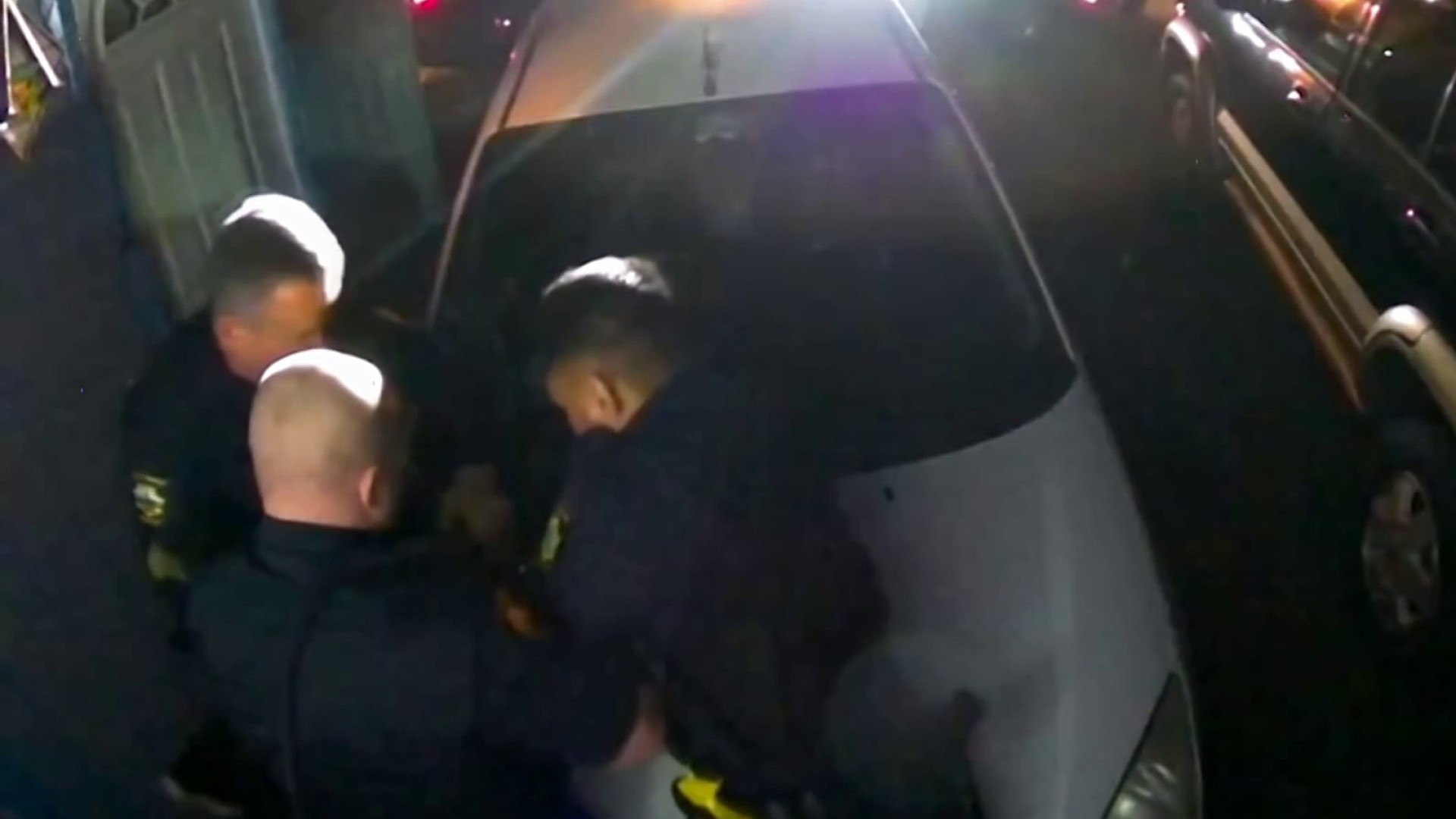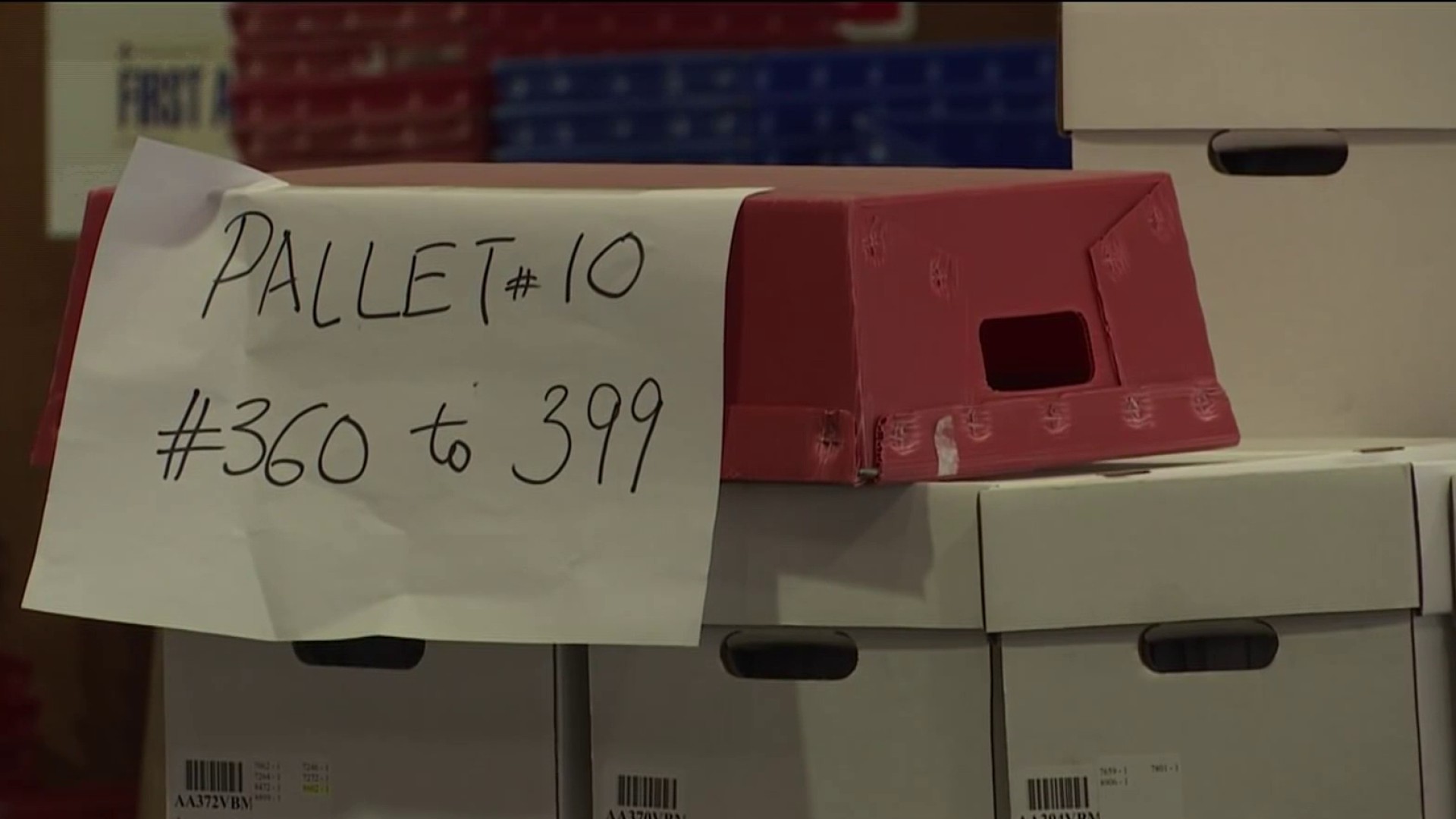The Titanic sank one hundred years ago this week, but the recent Costa Concordia tragedy shows that cruise disasters are still real threats.
In January the ship slammed into a rock off the coast of Italy and sank, killing at least 32 people. Passenger Divya Sharma and her husband Sameer describe a chaotic scene moments before the ship submerged.
“We just looked at each other and did what we had to do to survive,” Sharma said.
The couple saved for months for what was supossed to be a vacation to celebrate their fifth wedding anniversary. They say the crew failed to show them where their life vests were stored and that there was no abandon ship drill.
"We don't deserve this," Sharma said. "We don't deserve the nightmares we still get."
The Costa Concordia incident is just one example of recent problems at sea. Just this month, a cruise ship caught fire south of the Philippines. In February, a vessel caught fire sailing in the Indian Ocean. In September of last year there was a blaze on a ship off the coast of Norway.
The Coast Guard oversees cruise vessel safety in U.S. waters. Inspectors evaluate everything from how the crew handles fires on board to how quickly they execute evacuation drills and lifeboat drills. Inspectors also examine the physical safety of cruise vessels to make sure they are in working order.
Local
The NBC Bay Area Investigative Unit obtained inspection reports for cruise ships examined at the Port of San Francisco for the past decade. The reports show that vessels had dozens of deficiencies.
Out of 400 inspections, the Coast Guard found 104 deficiencies. All of the deficiencies are considered to be minor safety issues. Eighty-eight of the deficiencies were resolved immediately and 16 still existed when the Coast Guard let the vessels leave port.
Commander Jason Tama with U.S. Coast Guard sector San Francisco explained the deficiencies to investigative reporter Elyce Kirchner.
“An analogy might be a small dent in your car,” Tama said. “That doesn’t mean you can’t safely drive your vehicle across the Bay Bridge and get home and drive your kids around.”
According to a report from June 2007 when the Coast Guard examined a Japanese vessel, inspectors found live wires coming out of electrical outlets in the theater and discovered that at least two of the life raft launching machines on board were in disrepair. The Coast Guard tells us there are typically a few launching machines on any given cruise ship.
In that same report, inspectors stated that a life raft launching team showed a “general inability to deploy in a timely manner.” According to the report, the problems were resolved two months later.
“It is up to our folks who are very highly trained to determine what’s critical for safety,” Tama said. “We put them at the top of the list and make sure they are immediately fixed.”
Tama went on the say that “in some cases we work with the company to have them resolved in a timely fashion.”
According to a report from September 2008, inspectors found wear and tear and even cracks in lifeboats on a cruise ship from Bermuda. The report indicates that the problems were fixed later that month. The report also states that the cruise company was notified of the problems seven months earlier, but didn’t reply.
“If I’m a passenger on a ship, I’ll just need to accept that there may be some deficiencies on that vessel?” Kirchner asked Tama.
“It really depends,” Tama said, “depends on the vessel. But I can say that if you send a team of inspectors, highly trained inspectors to crawl around a cruise ship, even a modern cruise ship that is built to the latest standards, there may be.”
Al Anolik, a travel attorney and risk management consultant to the cruise industry, says American inspectors do a far better job finding deficiencies on board than inspectors in other countries. He also says minor problems, like cracks on lifeboats, can turn into bigger issues when they aren’t resolved.
“They are not minor when you need them,” Anolik said. “But until then, they can be put off because there are other things to do. And that’s the wrong attitude.”
Captain Bill Doherty agrees. The retired navy commander and former safety manager for Norwegian Cruise Lines is calling for independent, third party enforcement of safety standards apart from the cruise lines and the U.S. Coast Guard. He recently testified at a congressional hearing on cruise ship safety.
“It’s training, real audits—not rubberstamps—and identifying where we need to improve,” Doherty said.
Coast Guard officials seem to be on board with these changes. During the congressional hearings U.S. Coast Guard Vice Admiral Brian Salerno said the Coast Guard may need to look at its regulations.
"Some of our regulations may need to be strengthened," Salerno said. “The international regime may need to be strengthened, maybe training needs to be strengthened. “Those are questions without answers at this point.”
Some changes are already underway. Crews are now required to complete passenger evacuation drills before leaving port, which exceeds international requirements.
Critics also say evacuation methods should be addressed. Current regulations require passengers to exit a distressed vessel within 30 minutes. It took at least five hours to get everyone off of the Costa Concordia.
Divya and Sameer Sharma welcome the changes, but say it will be a long time before they set sail on another cruise ship.
“Nobody deserves to die on vacation,” Divya Sharma said. “Why would they?”



